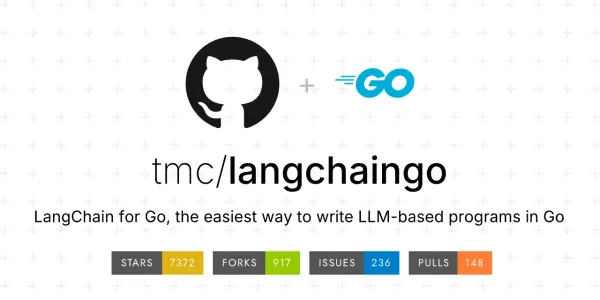Golang Programming Tips and Tricks
Boost your Go skills with concise code, clear error handling, and built-in tools like gofmt for clean, efficient programming.
Golang, also known as Go, is a statically typed, compiled, designed to be concurrent and garbage-collected programming language developed by Google. It is gaining popularity among developers due to its simplicity, reliability, and efficiency. Golang is used in various applications, including networked applications, cloud infrastructure, and distributed systems.
Setting Up the Environment
To start with Golang, you need to set up the environment on your machine. You can download the installation package from the official Golang website. Once installed, you can verify the installation by running the command go version in your terminal.
Installing Packages
Golang has a vast collection of packages that can be used to perform various tasks. You can install packages using the command go get. For example, to install the github.com/gorilla/mux package, you can run the command go get -u github.com/gorilla/mux.
Golang Basics
Golang has a simple syntax and is easy to learn. Here are a few basics to get you started:
Variables and Data Types
In Golang, you can declare variables using the var keyword. Golang has various data types, including integers, floats, strings, and booleans.
var x int = 10
var y float64 = 10.5
var z string = hello
var a bool = true
Control Structures
Golang has various control structures, including if-else statements, for loops, and switch statements.
if x > 10 {
fmt.Println(x is greater than 10)
} else {
fmt.Println(x is less than or equal to 10)
}
Functions
In Golang, you can declare functions using the func keyword. Functions can take arguments and return values.
func add(x int, y int) int {
return x + y
}
Error Handling
Golang has a strong focus on error handling. You can use the err type to handle errors.
func divide(x int, y int) (int, error) {
if y == 0 {
return 0, errors.New(division by zero)
}
return x / y, nil
}
Golang Concurrency
Golang has strong support for concurrency. You can use goroutines to run functions concurrently.
Goroutines
Goroutines are lightweight threads that can be used to run functions concurrently. You can start a goroutine using the go keyword.
func printNumbers() {
for i := 0; i < 10; i++ {
fmt.Println(i)
}
}
func main() {
go printNumbers()
fmt.Println(main function)
}
Channels
Channels are used to communicate between goroutines. You can send and receive data using channels.
func producer(ch chan int) {
for i := 0; i < 10; i++ {
ch <- i
}
close(ch)
}
func consumer(ch chan int) {
for {
select {
case msg, ok := <-ch:
if !ok {
fmt.Println(channel closed)
return
}
fmt.Println(msg)
}
}
}
func main() {
ch := make(chan int)
go producer(ch)
consumer(ch)
}
Golang Best Practices
Here are a few best practices to keep in mind when writing Golang code:
Code Organization
Golang code should be organized into packages. Each package should have a clear and concise purpose.
Code Style
Golang has a standard code style that should be followed. This includes using camelCase for variable and function names, and using meaningful variable names.
Testing
Golang has a strong focus on testing. You should write unit tests for your code to ensure it is working correctly.
func TestAdd(t *testing.T) {
result := add(10, 20)
if result != 30 {
t.Errorf(expected 30, got %d, result)
}
}
Documentation
Golang code should be well-documented. You should use comments to explain what your code is doing.
// add returns the sum of two integers
func add(x int, y int) int {
return x + y
}
Golang Tools
Golang has various tools that can be used to improve productivity. Here are a few:
Gofmt
Gofmt is a tool that can be used to format Golang code. It can be used to ensure that your code is following the standard code style.
Golint
Golint is a tool that can be used to check Golang code for common mistakes. It can be used to ensure that your code is following best practices.
Go Vet
Go vet is a tool that can be used to check Golang code for common errors. It can be used to ensure that your code is correct and safe.
Advanced Golang Topics
Here are a few advanced Golang topics:
Reflection
Golang has a reflection package that can be used to inspect and modify the behavior of functions and variables at runtime.
func main() {
x := 10
rv := reflect.ValueOf(&x)
fmt.Println(rv.Elem())
}
Interfaces
Golang has interfaces that can be used to define a contract that must be implemented by any type that implements it.
type Shape interface {
Area() float64
}
type Circle struct {
radius float64
}
func (c Circle) Area() float64 {
return 3.14 * c.radius * c.radius
}
Structs
Golang has structs that can be used to define composite data types.
type Person struct {
name string
age int
}
func main() {
p := Person{name: John, age: 30}
fmt.Println(p.name)
fmt.Println(p.age)
}



